
- Collection of
- Tokyo Photographic Art Museum
- Series title
- Tokyo
- Title
- Artist Name
- HAMAYA Hiroshi
- Year
- 1936
- Material / Technique
- Gelatin silver print on developing-out paper
- Dimensions
- 299x199mm
- Accession number
- 10008209
- Tokyo Photographic Art Museum “Search the Collection”
- https://collection.topmuseum.jp/Publish/detailPage/49666/
About the creator
濱谷浩 / HAMAYA Hiroshi
from Art Platform Japan: https://artplatform.go.jp/resources/collections/artists/A1785
- Date of birth
- 1915-03-28
- Birth place
- Tokyo City, Tokyo Prefecture
- Date of death
- 1999-03-06
- Death place
- Hiratsuka City, Kanagawa Prefecture
- Medium
- Photography
- Gender
- male
- Update date
- 2023-02-14
Identifiers
- APJ ID
- A1785
- VIAF ID
- 29574951
- NDL ID
- 00006801
- ULAN ID
- 500115292
- AOW ID
- _00604005
- Wikidata ID
- Q1386695
Other items of Tokyo Photographic Art Museum (40724)
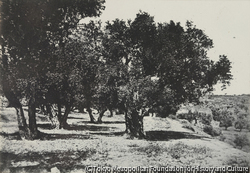
Vallee de Hinnom Champ du Sang
SALZMANN, Auguste
Tokyo Photographic Art Museum

Human Land Island without green, Gunkanjima: Boy in the coal-storage yard in snow
NARAHARA Ikko
Tokyo Photographic Art Museum

Tanabata festival for adult
TANAKA Ichiro
Tokyo Photographic Art Museum

Venetian Light
NARAHARA Ikko
Tokyo Photographic Art Museum

Aerialist
SMITH, W. Eugene
Tokyo Photographic Art Museum

Jardin
YAMAMOTO Tadasu
Tokyo Photographic Art Museum
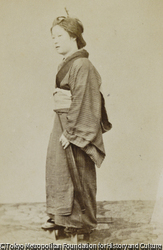
(Woman wearing wooden clogs, holding a closed umbrella)
SHIMOOKA Renjo
Tokyo Photographic Art Museum
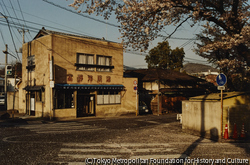
Kiryu, Gunma, April 2009
ONAKA Koji
Tokyo Photographic Art Museum

What I Am Doing Transparent Blue
YAMAZAWA Eiko
Tokyo Photographic Art Museum
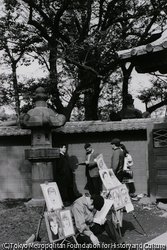
Ueno Park
KIMURA Ihee
Tokyo Photographic Art Museum
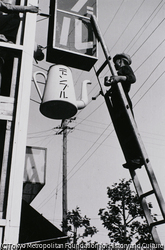
Cafe near the Shinbashi crossing
MOROOKA Koji
Tokyo Photographic Art Museum
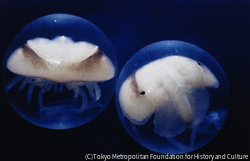
Little Lives Tachypleus tridentatus
SASAKI Kon
Tokyo Photographic Art Museum

In the Street Kochi
YANAGISAWA Shin
Tokyo Photographic Art Museum

Plastic Poem #88
KITAZONO Katsue
Tokyo Photographic Art Museum

EXCURSIONS PHOTOGRAPHIQUES VUES ET MONUMENTS DE L'UNIVERS 1 FRANCE, VUE DE GRENOBLE
DUSACQ et Cie
Tokyo Photographic Art Museum

Tokyo
OKUBO Koroku
Tokyo Photographic Art Museum

